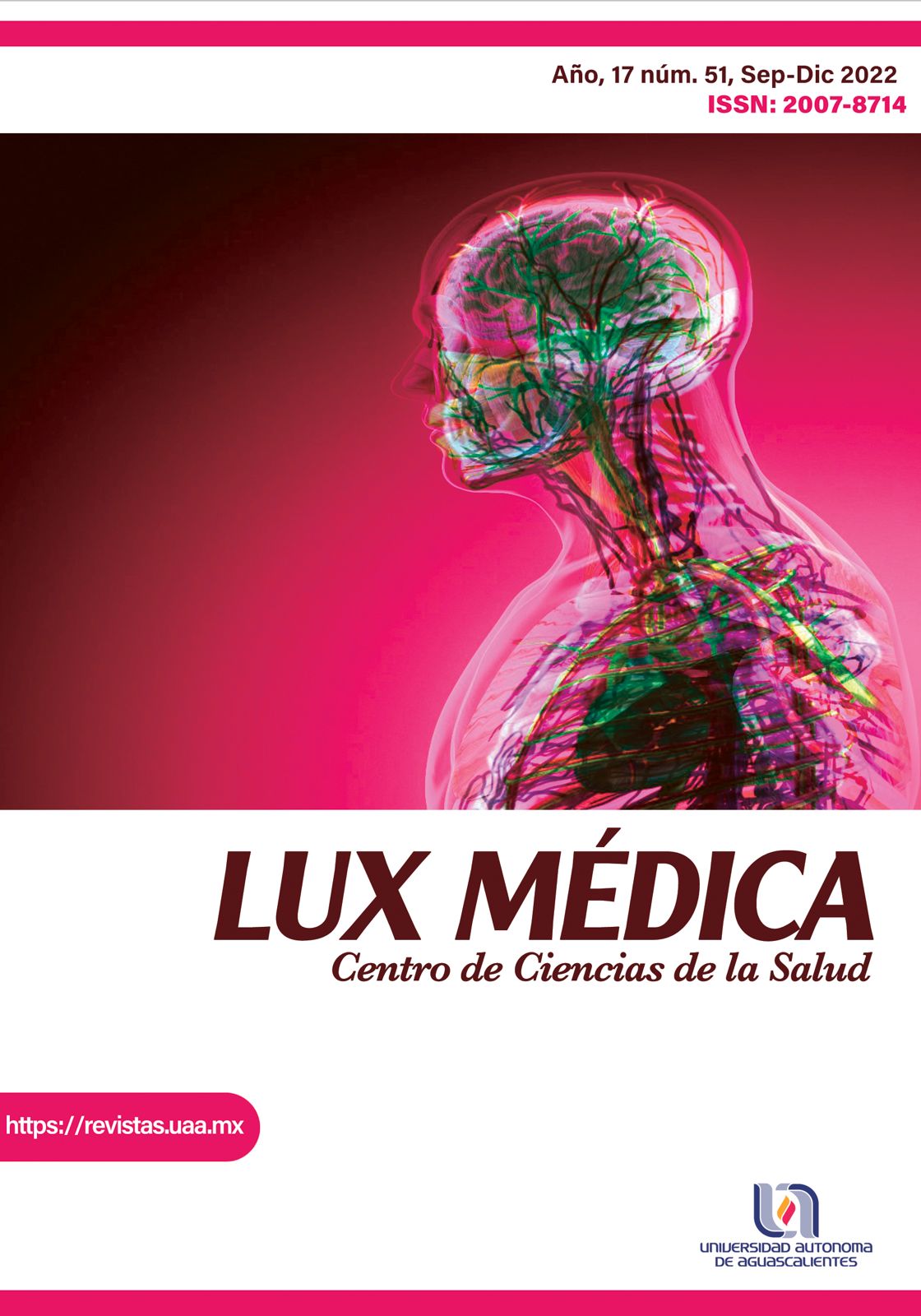Identification of ergonomic risk level by load management and repetitive movements in the food industry.
DOI:
https://doi.org/10.33064/51lm20223507Keywords:
Ergonomía, Riesgo ergonómico, Salud laboralAbstract
Introduction: Ergonomic risks prevention is of utmost importance due to the fact that its implementation and correct execution, helps to rule out occupational accidents, to create safe conditions, it allows compliance of the current regulations in order to avoid possible sanctions, improves the management and productivity of the company, as well as the satisfaction of its workers and the customers that consume from it. Objective: To identify the level of ergonomic risk due to load handling and repetitive movements in the food industry. Material and methods: A total of 119 jobs which covered 5 departments and 11 areas of the food company were analyzed, and MAC and ART method was applied to evaluate the risk levels due to handling loads and repetitive movements, respectively; with the support of previous recordings of the areas of the different jobs. The design of the study is despective cross-sectional, and the collected data were analyzed by means of percentage methods, means, modes and medians, as well as frequency tables. Results: The jobs evaluated in this paper were 119, covering 5 departments and 11 areas of the company evaluated. The risk of handling loads and repetitive movements (as applicable) is present in 86.5% of the jobs, which represents 113 jobs in the entire company. This provides an insight of the problem in the industry and where specifically the assessed company can make changes and implement proposals for early correction. Conclusion: It was identified that the predominant ergonomic risk level due to handling loads and repetitive movements in the food industry is medium to high for the workers of the analyzed food industry.
Downloads
Published
How to Cite
Issue
Section
License
Copyright (c) 2022 NADIA EDITH GARCIA-MEDINA

This work is licensed under a Creative Commons Attribution-NonCommercial-ShareAlike 4.0 International License.
La revista Lux Médica está bajo una licencia de Creative Commons Reconocimiento-NoComercial-Compartir Igual 4.0 Internacional.












